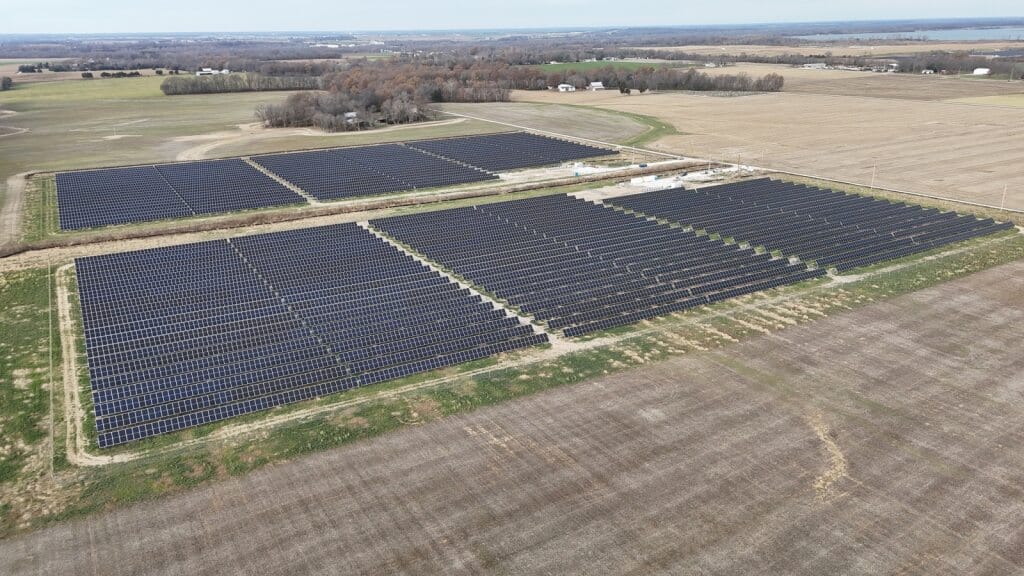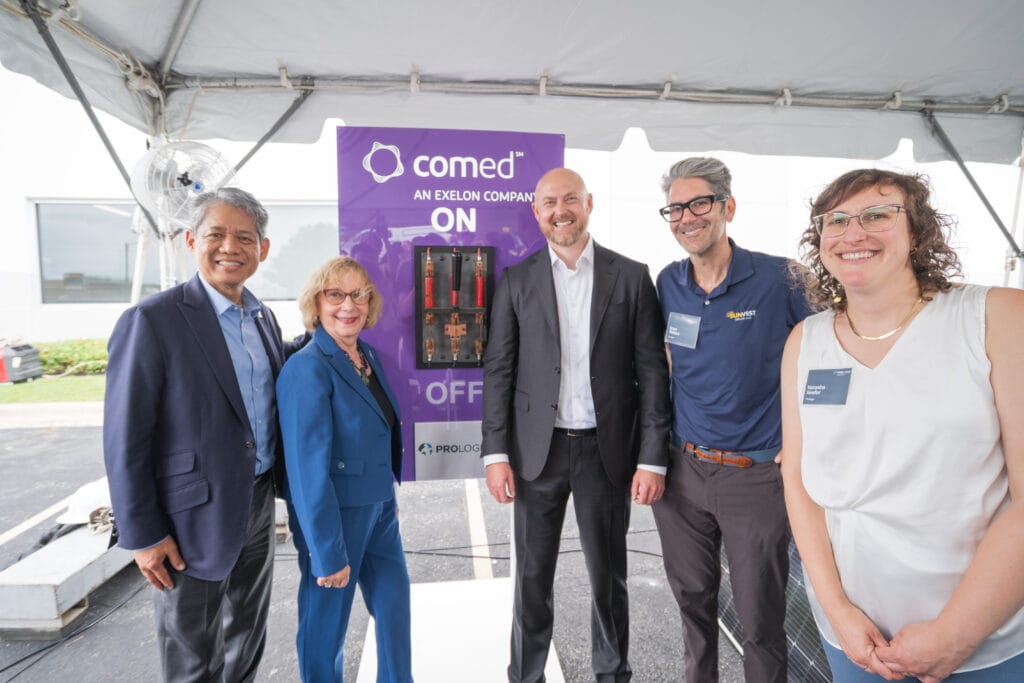What Is a Community Solar Garden and How Does It Work?
Sure, vegetables and flowers can grow in gardens, but what about electricity? With community solar gardens it’s possible! Many states and utility companies are taking the innovation to local cities and neighborhoods to cultivate a bounty of green energy for the whole community to enjoy.
Community Solar Gardens: Bringing Clean Energy to Everyone!
The concept of a community solar garden is similar to a community plant garden. Instead of receiving fresh fruits and vegetables, community members receive credits towards their electricity bill. With community solar gardens, members of the community (residents, business owners, organizations, municipalities, etc.) can subscribe to a portion of a solar array, and in return can use the energy produced to help pay for their electricity costs. It gives the community equal access to the economic and environmental benefits of solar power regardless of space or homeownership. Plus, it’s a great way to save money, support clean and local energy, and help combat climate change.

How a Community Solar Garden Works
Community solar gardens exist in states where laws have created a program or the local utility voluntarily allows it. More and more states are getting on board and programs are passing as solar energy continues to gain popularity and becomes less expensive.
Community solar transactions are made possible by electric utility companies via the distribution grid, where power is disseminated to subscribing residents and businesses in the community. The solar energy produced at the site is metered, then sent across the electrical grid, and usage is metered on the customer end. This ensures participants receive their designated subscription credits as a deduction off their monthly energy bill. The credits subscribers receive are based upon how much they contribute to the solar project or how much electricity the solar project produces.
In some states, users simply see the credits reflected on their electric bill, in others, subscribers will receive two bills, one from the CSG and one from the utility. Consumers may receive two bills, but when done right the total cost is lower!
How to Join a Community Solar Garden
Community solar gardens are located in more than half of U.S. states, with Colorado, California, Massachusetts, and Minnesota leading the way. And they’re expected to continue growing, especially in states with supportive environmental policies and initiatives. If you’re interested in learning about community solar gardens near you, contact your utility provider.
Tip: Before joining a community solar garden, monitor how much energy your household or business uses each month; most subscribers match their utility usage amount to the portion of the solar array they subscribe to.
With looming global warming concerns and a push for renewable energy, solar power is a concept that will only continue to grow. Given the cost savings, carbon footprint reduction, and the ability to support local and clean energy, it’s a win-win-win for any community member to join. Clean energy is no longer limited; everyone has the power to choose and make a difference in the world for future generations to come.
Want to stay up to date on all things solar? Follow SunVest Solar, Inc on LinkedIn and check out our blog!

